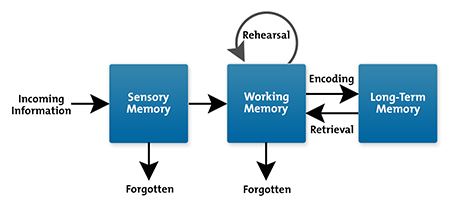We’ve probably all experienced a good scare or two at some point in our life. And you’ve probably reacted in a similar way after each scare. The classic response to being frightened is to either punch the person that scared you or to run straight out of the room. But is there another response to fear that might exist?
I have never thought myself to fall into one of these two categories. Rather than fighting, or even flighting, I tend to fall. And yes, I mean literally fall to the ground. Now this only happens when I have been scared really (and I mean really) well. It’s those moments of genuine fear that we learn about our genuine reaction.
What I wanted to learn, was whether or not the fall-response is a legitimate response to fear or if it somehow just falls into the flight response.

According to Harvard Health Publications, not only does the fight or flight response apply to fear, but it also applies to stress. (I was glad I found this out as it broadened my question and my hypothesis a bit.) Say, for instance, you were being accused of doing something you did not do, by someone who had much more authority over you. It would be in our instinct to want to either run and hide from the situation altogether or to want to argue the problem out. We’ve all experienced this, too: having the strong desire to vanish from the situation or feeling our jaw and fists clench up.
Turns out, fight or flight is a survival mechanism that both animals and humans have been using for centuries.
In a study I found from Cell Press, researchers looked at rats to learn about more about these known fear responses. Researchers used methods like Pavlov to study rats by pairing a conditioned stimulus with an unconditioned stimulus. Because animals cannot respond in more than one way at the same time, researchers were easily able to study how rats initially reacted to fear stimuli. The main conclusion that researchers were able to draw from this study was that female rats were more likely to flee (or flight) from the stimulus than males rats. However, researchers were also able to study how rats had anther response to the conditioned stimulus and that was to freeze.
Perhaps there are three instinctual ways to respond to fear or stress factors: to fight, flight, or freeze.

So what is it that causes us to respond one way over the other? In general the way we respond to genuine fear is going to be consistent among the individual. The mystery remains in why.
In time, this mystery behind this phenomenon will become more fully uncovered, but that will require more thorough research like Pavlov’s and meta-analysis. To answer my initial question, it seems as though three categories of fear response do exist, just not the three that I hypothesized. From a scientific standpoint, fighting and flighting are the most common responses to stress and fear, but a third response– to freeze– has presented itself as an alternative reaction. So when I collapse to the ground out of terror, maybe I am, in fact, fleeing from the source of my fear.
Jones, Carolyn E. “Fight, Flight, or Freeze? The Answer May Depend on Your Sex.” Trends in Neuroscience 39.2 (2016): 51-53. Web. 2 Dec. 2016.
Publications, Harvard Health. “Understanding the Stress Response – Harvard Health.” Harvard Health. N.p., Mar. 2011. Web. 02 Dec. 2016.









 ascinating in the sense that the experimental group performed significantly better than the control group when tested on their retention of vocabulary words. Not only did the experimental group of English students retain vocabulary words better when music was involved, but this group also had a better outlook on their English course, and an overall higher performance rate in the English class.
ascinating in the sense that the experimental group performed significantly better than the control group when tested on their retention of vocabulary words. Not only did the experimental group of English students retain vocabulary words better when music was involved, but this group also had a better outlook on their English course, and an overall higher performance rate in the English class.



 oday are carrying around phones of their own, what is it going to look like when our generation has 10-year-old kids? Doesn’t this dramatic change in technology use seem like it could take a dangerous turn? Or has it already?
oday are carrying around phones of their own, what is it going to look like when our generation has 10-year-old kids? Doesn’t this dramatic change in technology use seem like it could take a dangerous turn? Or has it already?






